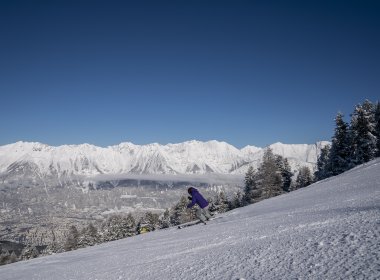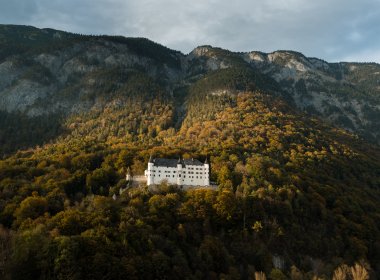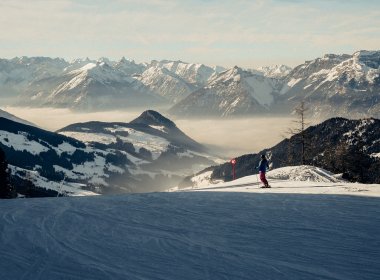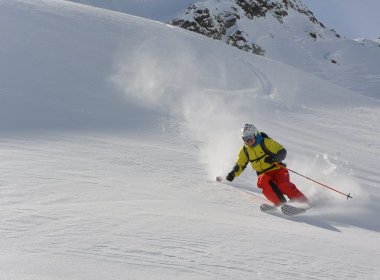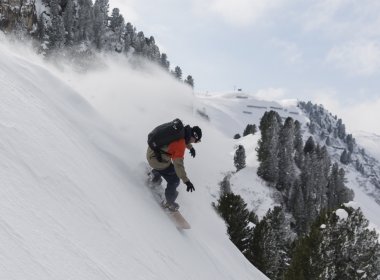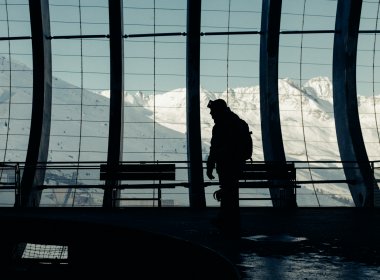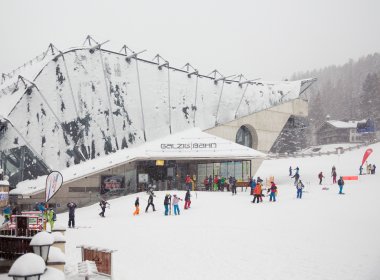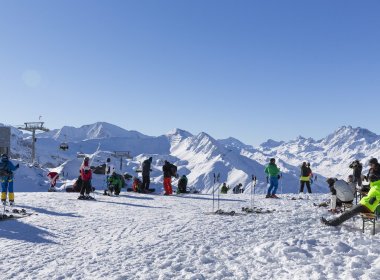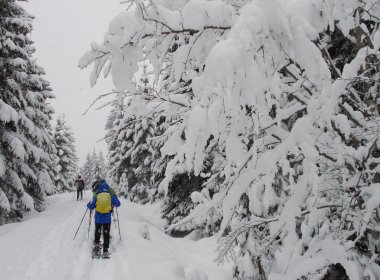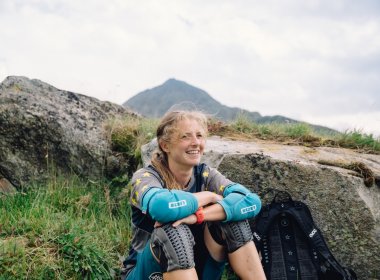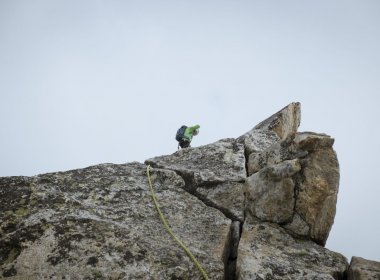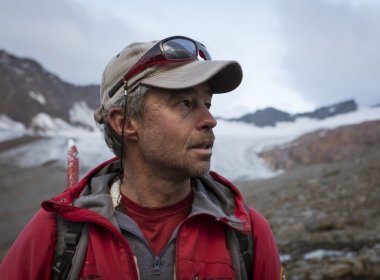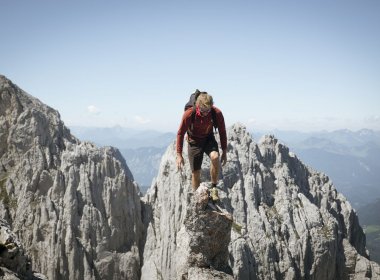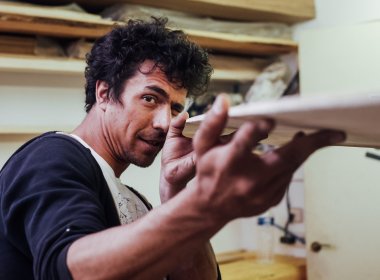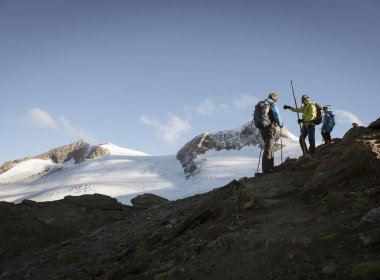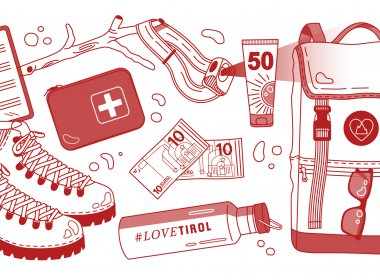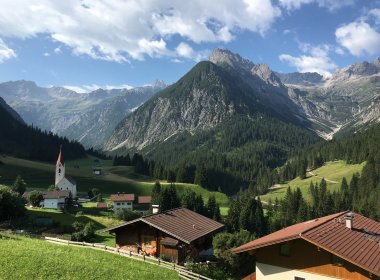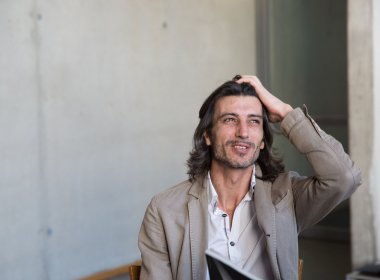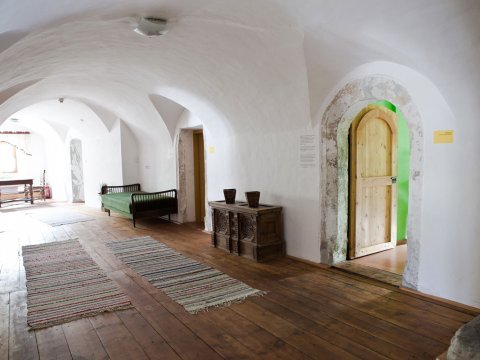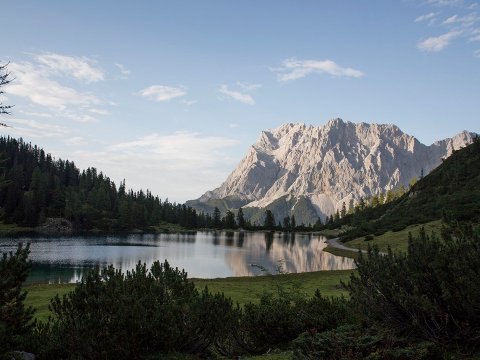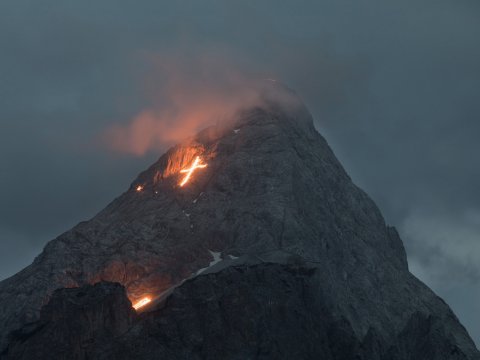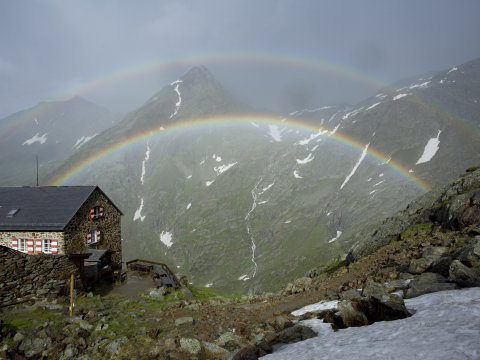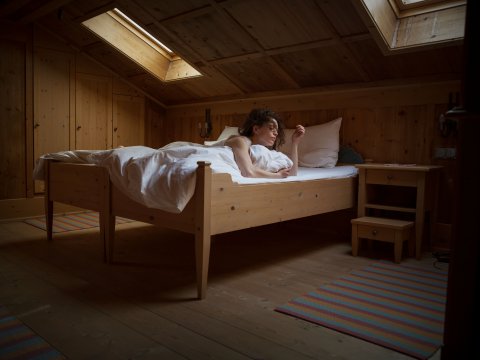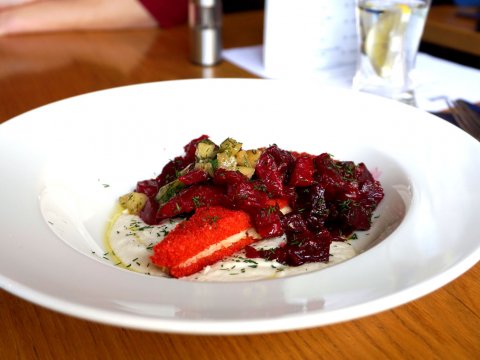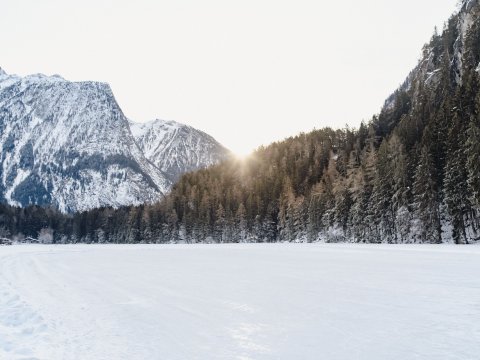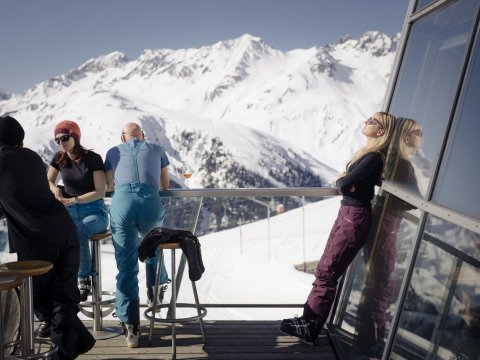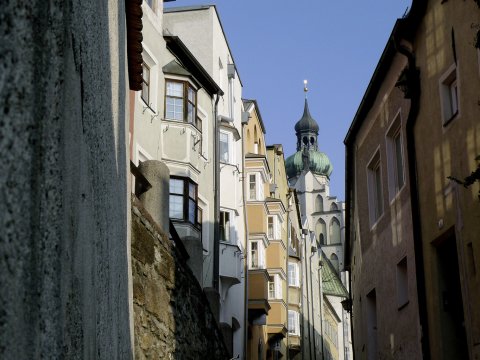21 Reasons Why You Should Never Visit Tirol
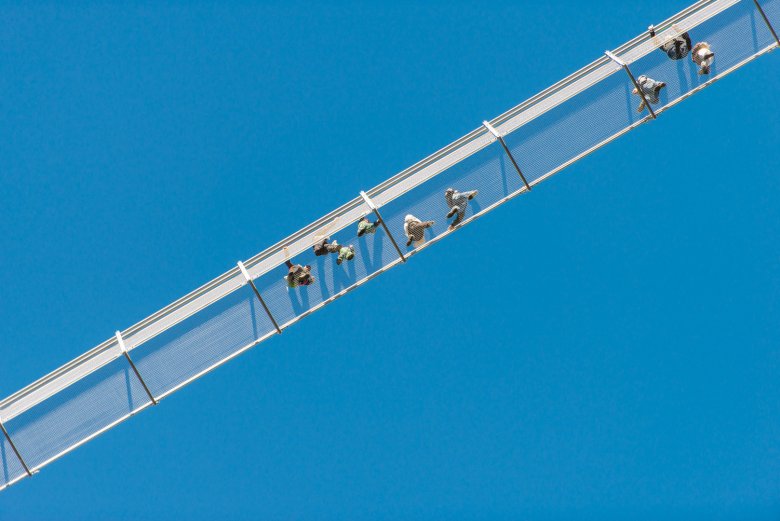
Obviously, there is very little to do in Tirol. There’s nothing really unique or interesting to see there. Don’t believe us? Let us count the ways.
1. There’s no interesting wildlife to speak of.
Lynxes at Innsbruck Alpine Zoo.
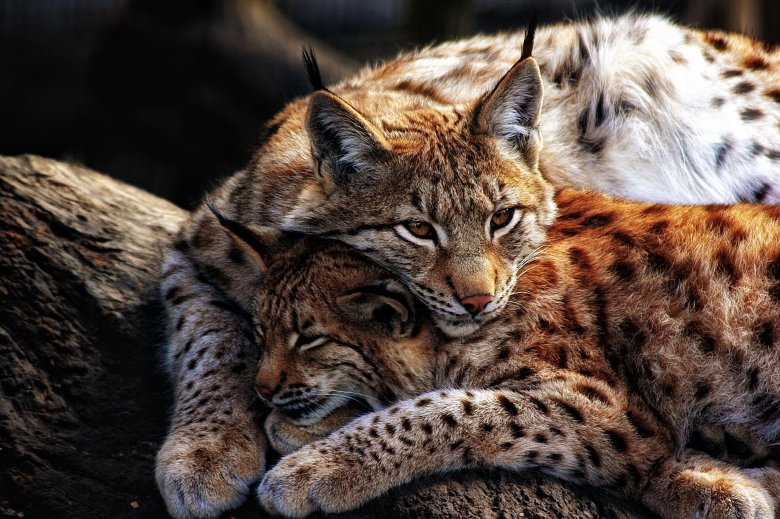
2. And don’t even get me started on contemporary architecture. Yawn.
British Iraqi star architect Zaha Hadid’s Bergisel Ski Jump in Innsbruck.
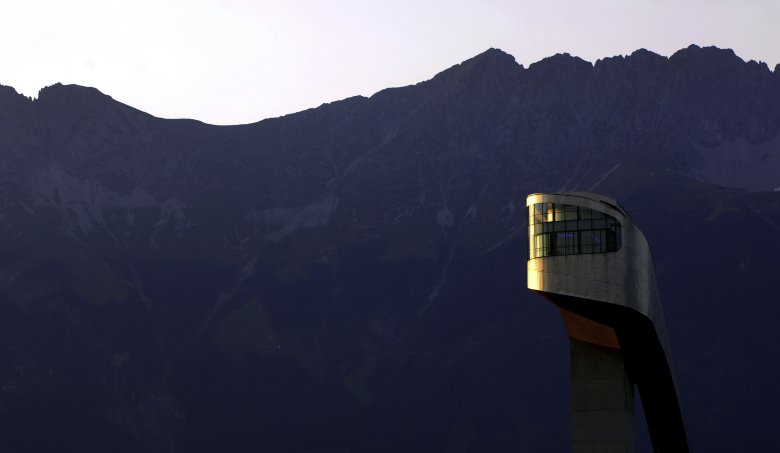
3. There are no nice cafés here. Not a single one.
Austria’s Highest Coffee Bar, named Café 3.440 for its altitude (3,400 meters) is located atop the mountain at Pitzal Glacier.
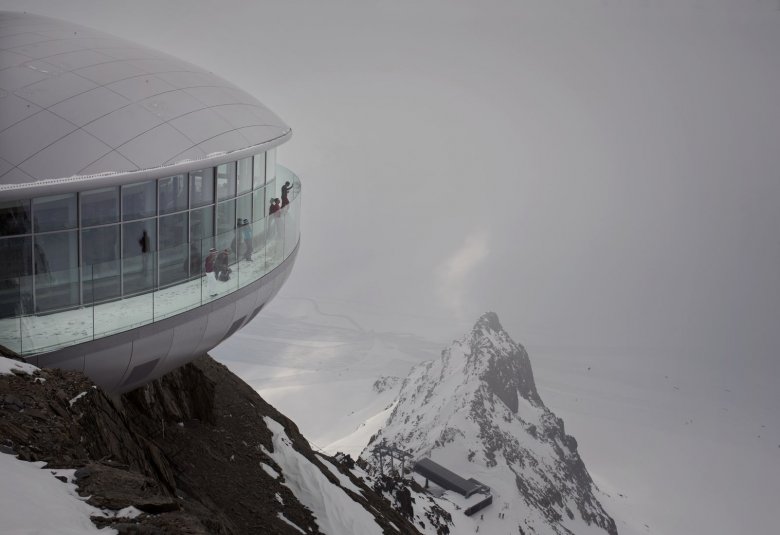
4. Tirol has basically no traditional crafts at all.
Bronze bells of all shapes and sizes have been cast by Grassmayr Family in Innsbruck since 1599.
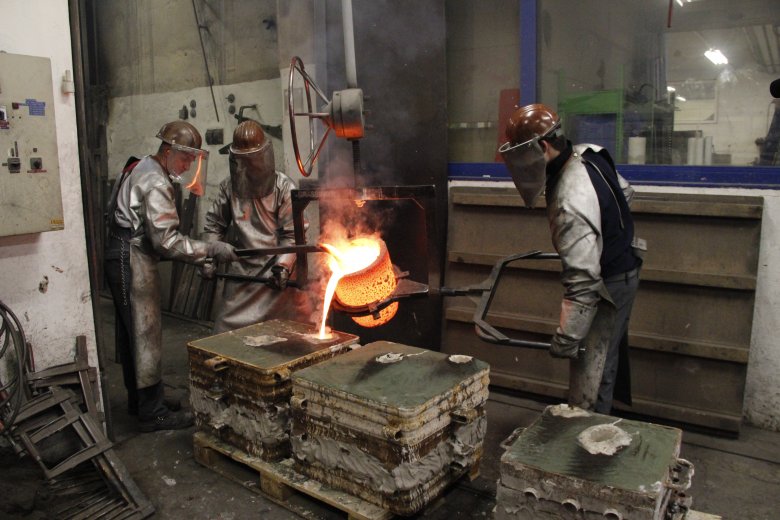
5. There’s a lot journey through inconspicuous routes. How boring!
Achensee Railway is Europe’s oldest, steam operated cog railway.
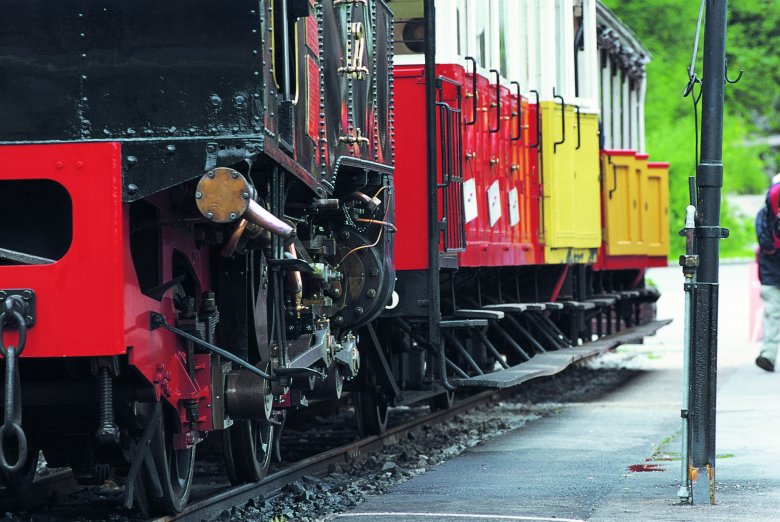
6. There’s no sense of grandeur or history whatsoever.
With 4,948 pipes, the Heroes’ Organ at Kufstein Fortress is the largest free-standing organ in the world.

7. Everything is pretty much brand-new.
Aigner Bath is a listed bathhouse that has welcomed visitors since 1772. The naturally effervescent, mineral waters that bubble out from the sources here in East Tirol’s small mountain town of Abfaltersbach are rich in calcium and sulphate.
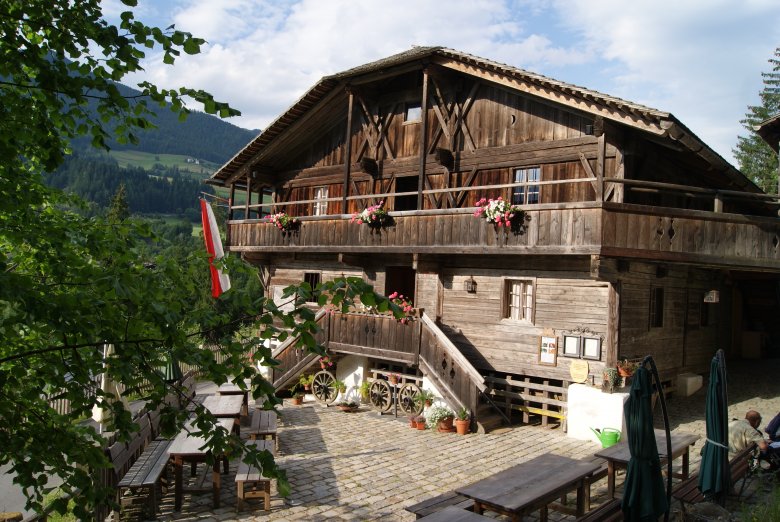
8. Children here must be bored out of their wits most of the time.
Kugelwald, literally “Ball Forest”, on Glungezer Mountain is home to the world’s largest wooden track.
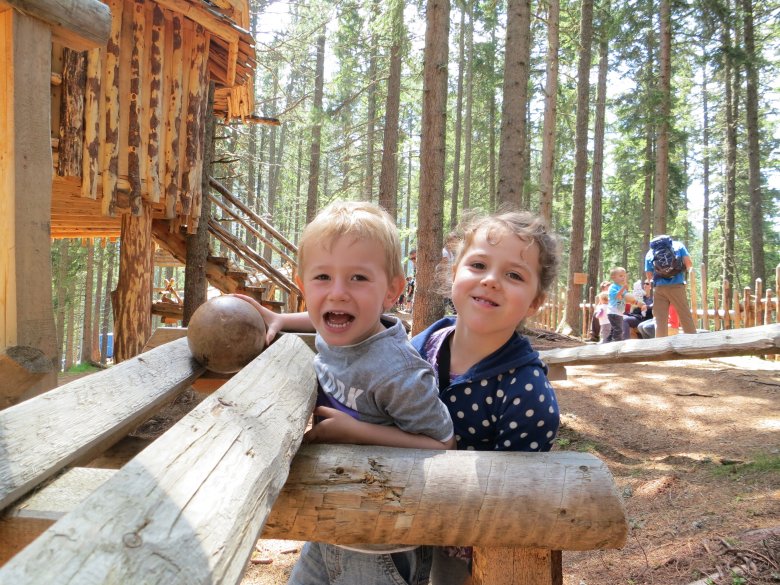
9. The whole landscape is formed only by mountains. They are everywhere.
Wolfsklamm Gorge is accessed via a delightful series of wooden boardwalks, bridges and 354 steps that lead to Tirol’s oldest place of pilgrimage, St. Georgenberg Monastery. The frothing waters make their way through the gorge shimmering emerald and blue in the depth and mastering the highest cascades.
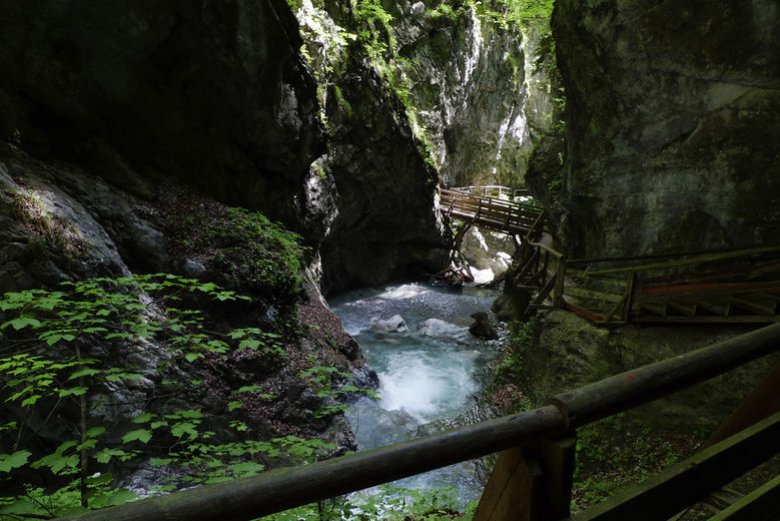
10. There’s nowhere to go.
The record breaking 406 meter long suspension footbridge connects remarkable Ehrenberg Castle Ensemble with the remains of the 17th-century Roman Fortress Claudia in the market town of Reutte at a dizzying height of 110 meters.

11. Honestly, have you ever seen anything so lackluster?
For his marriage to Bianca Maria Sforza from Milan, Emperor Maximilian I (1459-1519) commissioned the construction of the „Golden Roof“ in Innsbruck. The late Gothic oriel with loggia is adorned with 2657 fire-gilt copper tiles.

12. Or a place so devoid of personality?
Since 1991, this former mountain farm has been a true showcase for sustainable agriculture: Year-round, the ewes and lambs of Josef Schett are allowed to roam wide, rich Alpine pastures at an elevation of 2,000 meters, producing fine-quality meat, milk, all-natural sheep wool cushions and blankets and insulation materials.
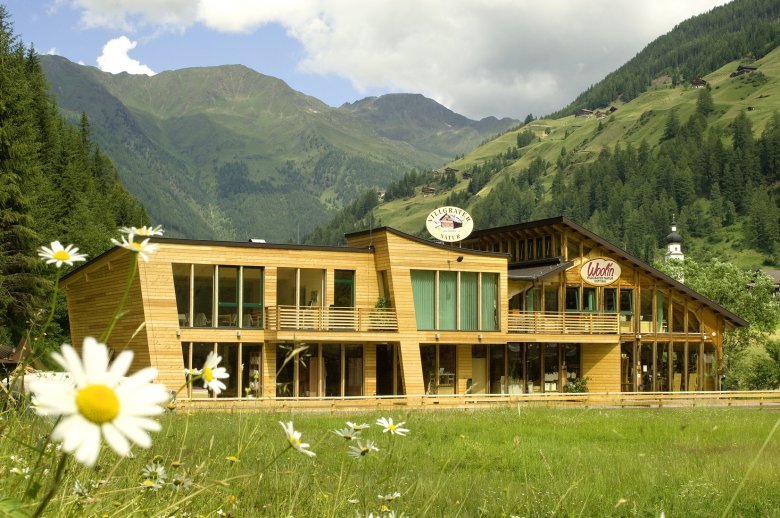
13. It’s a polluted, crowded, and built-up country.
In the thin air above 2,009 meters lies Jagdhaus Alpine Pastures, the oldest mountain settlement in Austria. Embedded in the awesome natural beauty of Hohe Tauern National Park, entire families lived at the 13th century high-altitude resort in East Tirol’s Arvental Valley throughout the year.

14. The public art is boring and unambitious.
The historic 360-degree cyclorama helps to retrace the dramatic events unfolding amidst the impressive scenery of the Bergisel: The Third Battle of the Bergisel in which the Tyrolean rebels fought off the invading Napoleonic troops was memorialized in a giant panoramic painting that is 1,000 square meters (10,764 square feet) in area.
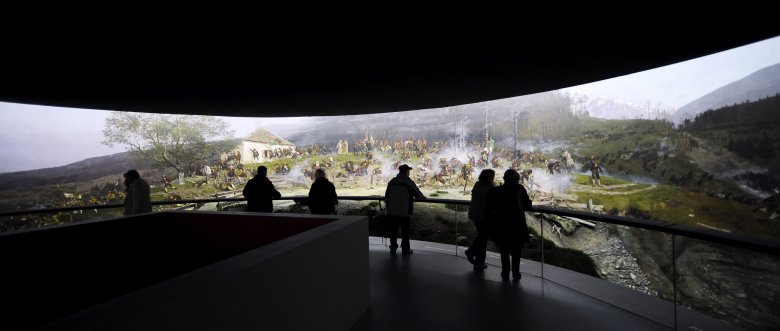
15. In short, Tirol is a total cultural wilderness.
Topping the list of Tirol’s most-visited attractions, a whole new era of wonder begins for the Swarovski Crystal Worlds in Wattens in the spring of 2015. In addition to extensive changes in the gardens surrounding the iconic giant, five of the subterranean chambers of wonder have been completely redesigned by internationally acclaimed designers and artists.
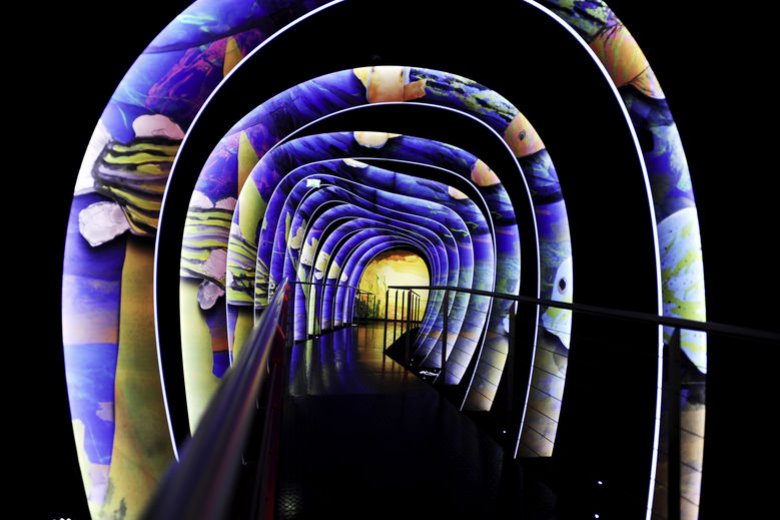
16. Nope, no sense of identity to be found anywhere in Tirol.
The Nassereith Carnival Museum is home to the biggest carnival mask collection of the Alpine Region. The famous Nassereith Schellerlaufen Parade is one of the most important carnival parades in Tirol and was declared a “World Cultural Heritage” by UNESCO in 2012.
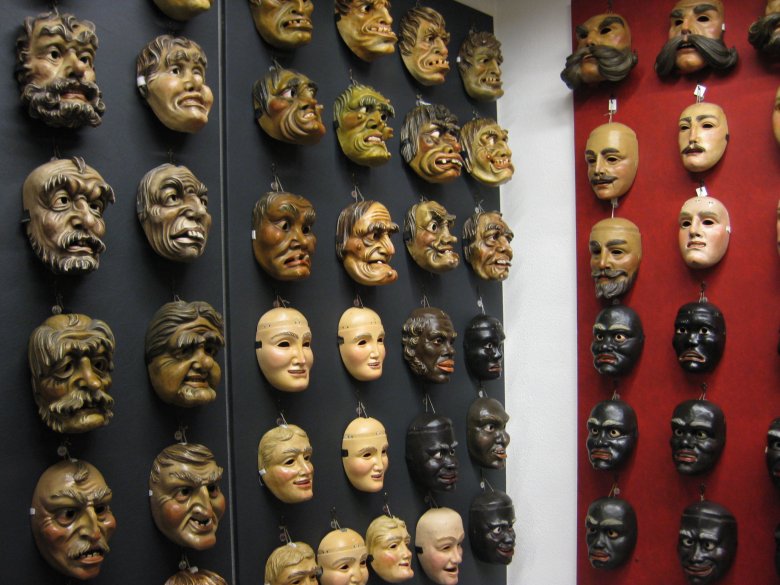
17. Have you ever seen somewhere so ugly?
Picturesque Obernbergersee Lake, a natural gem in a remote Alpine setting, was declared a Site of Special Natural Interest as early as in the year 1935.
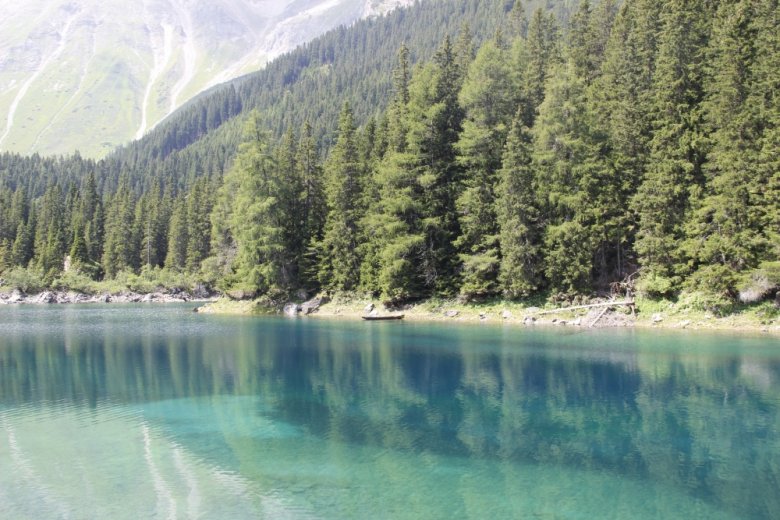
18. There’s literally nothing to see here.
Standing 29.6 meters tall atop the summit of Buchensteinwand Mountain, Jakobskreuz is a multi-storey building in the shape of a cross. An elevator brings pilgrims on the Way of St. James, art lovers, seminar delegates and visitors up to the viewing platform.

19. Seriously: Does this country even have a past?
The Court Church in Innsbruck houses Europe’s most notable Emperor’s Tomb. The church, also called “Schwarzmanderkirche” (literally “Black Men Church”), is famous for its namesake “Black Men” – 28 over-life-sized Renaissance bronze statues of important historical figures that flank the marble tomb of Emperor Maximilian
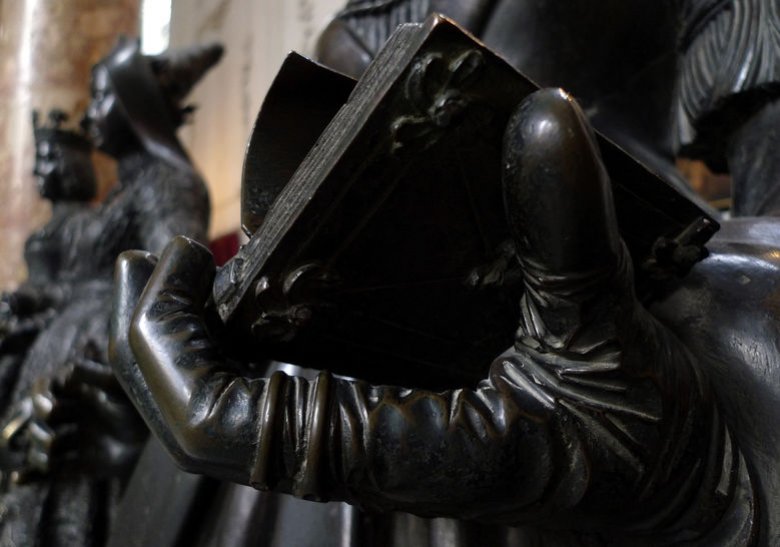
20. Nothing aesthetically pleasing for miles.
Austria’s highest international border happens also to be one of the country’s highest paved roads. The spectacular serpentine drive reaches the summit of 2,509-meter Timmelsjoch Col and links Tirol’s Ötztal Valley with Passeier Valley in South Tyrol. Along the road, architectural sculptures reveal details about the area’s nature, history, culture, economy and society.
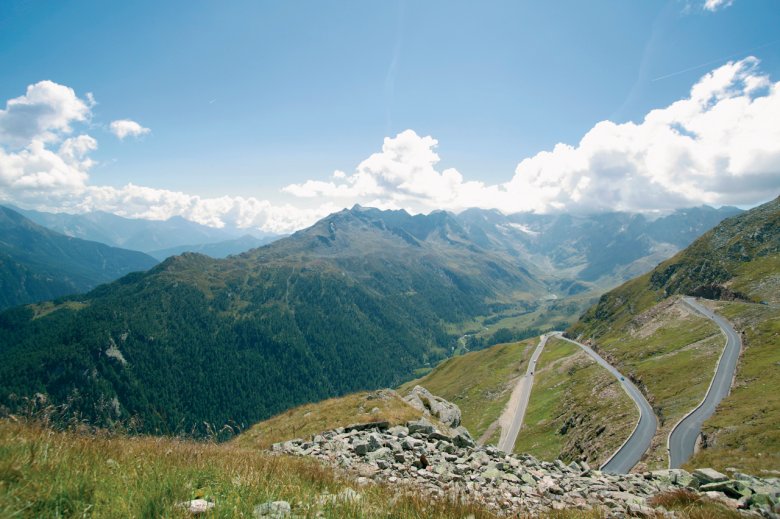
21. It’s also dreadfully hot.
Europe’s first interpretive Waterfalls Walk was opened in 1976 in Prägraten, situated at the heart of Hohe Tauern Mountain Range. Each year, this spectacular natural sight lures 50,000 visitors. Pristine Umbal Valley in Hohe Tauern National Park is the source of Isel, the last free-flowing glacial river in the Alps.
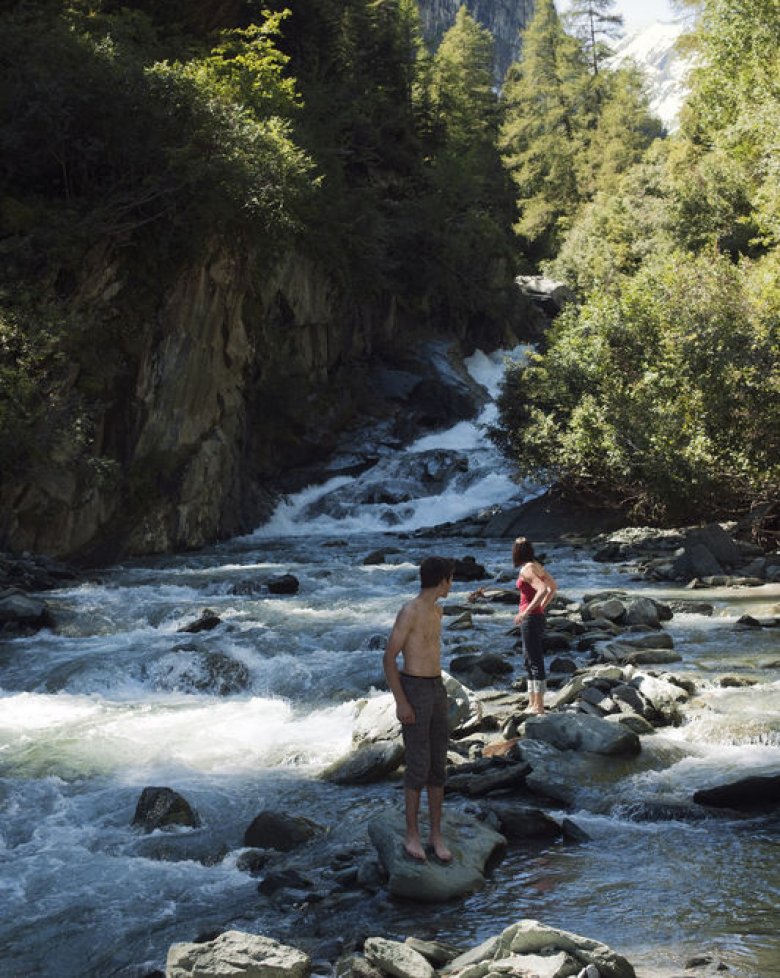
Seriously, there is no reason to visit Tirol. And yes, this article is completely serious ;) If you want to visit Tirol nevertheless, here’s an inspiring Planning Tool: www.tyrol.com/attractions










